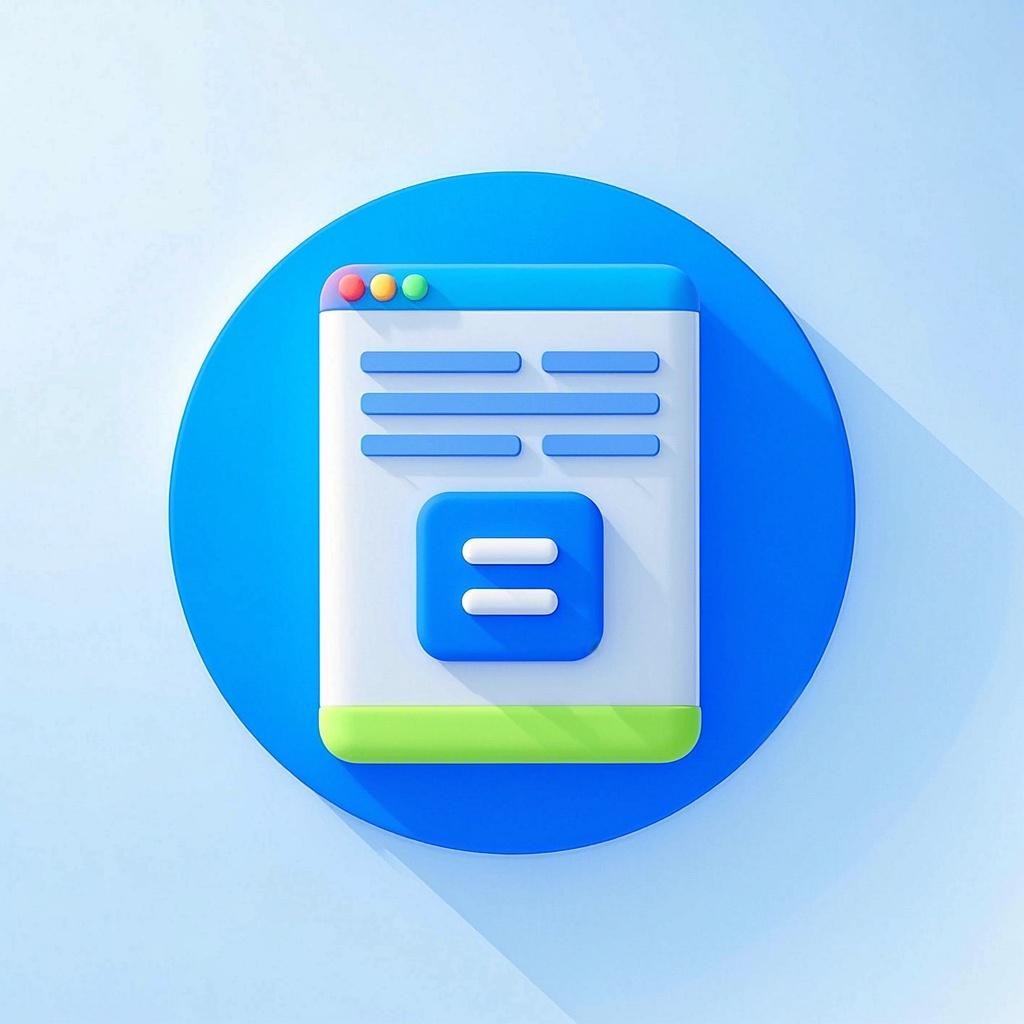Introduction
The world of APIs (Application Programming Interfaces) has revolutionized the way we interact with software and services. English APIs, in particular, have gained significant popularity due to their broad accessibility and ease of use. This guide aims to provide a comprehensive framework for understanding, utilizing, and harnessing the power of English APIs. We will explore the basics, best practices, and real-world examples to help you unlock the full potential of these APIs.
Understanding English APIs
What is an API?
An API is a set of rules and protocols for building and interacting with software applications. It allows different software systems to communicate with each other by providing a standardized way to send and receive data. English APIs are designed to be human-readable and use English as the primary language for their documentation and communication.
Types of English APIs
- RESTful APIs: These APIs follow the REST (Representational State Transfer) architectural style and use HTTP protocols for communication.
- SOAP APIs: SOAP (Simple Object Access Protocol) APIs use XML for message formatting and are typically used for more complex operations.
- GraphQL APIs: GraphQL APIs allow clients to request exactly the data they need, reducing over-fetching and under-fetching of data.
Getting Started with English APIs
Choosing the Right API
When selecting an English API, consider the following factors:
- Purpose: Ensure the API aligns with your project requirements.
- Documentation: Look for APIs with comprehensive, well-written documentation.
- Community: Check for an active community around the API for support and resources.
Setting Up the Environment
To work with English APIs, you’ll need:
- Programming Language: Choose a language that has robust support for the API (e.g., Python, JavaScript).
- Development Tools: Install necessary libraries and tools for API integration (e.g., Postman, curl).
- Authentication: Obtain an API key or token for authentication purposes.
Working with English APIs
API Authentication
Authentication is crucial for secure API usage. Common authentication methods include:
- API Key: A unique identifier provided by the API provider.
- OAuth: An open standard for authorization that allows third-party applications to access server resources on behalf of a user.
Making API Calls
To make API calls, follow these steps:
- Choose the appropriate HTTP method: GET, POST, PUT, DELETE, etc.
- Set the endpoint URL: The URL where the API is hosted.
- Add headers: Include authentication tokens and other necessary headers.
- Format the request body: For POST and PUT requests, format the data as required by the API.
Handling Responses
API responses can vary depending on the HTTP status code:
- 2xx Success: The request was successful, and the data was returned.
- 4xx Client Error: The request was invalid or incomplete.
- 5xx Server Error: There was an issue on the server’s end.
Best Practices for Using English APIs
- Rate Limits: Be aware of API rate limits to avoid being blocked or throttled.
- Error Handling: Implement robust error handling to handle unexpected responses and failures.
- Caching: Use caching to reduce the number of API calls and improve performance.
- Security: Always use secure communication channels (HTTPS) and keep your API keys confidential.
Real-World Examples
Example 1: Weather API
Let’s say you want to integrate a weather API into your application. You would:
- Choose a Weather API: Find a weather API with comprehensive documentation.
- Set Up Authentication: Obtain an API key from the provider.
- Make a Request: Use the API key to make a GET request for the current weather.
- Handle the Response: Parse the JSON response and display the weather information to the user.
Example 2: Translation API
Suppose you need to translate text in your application. You would:
- Choose a Translation API: Select an API that supports the languages you need.
- Set Up Authentication: Get an API key for the translation service.
- Make a Request: Use the API key to send a POST request with the text to be translated.
- Handle the Response: Parse the response and display the translated text.
Conclusion
English APIs have become an integral part of modern software development. By understanding the basics, following best practices, and leveraging real-world examples, you can unlock the full potential of English APIs in your projects. Remember to always stay up-to-date with the latest developments in the API ecosystem to stay ahead of the curve.
